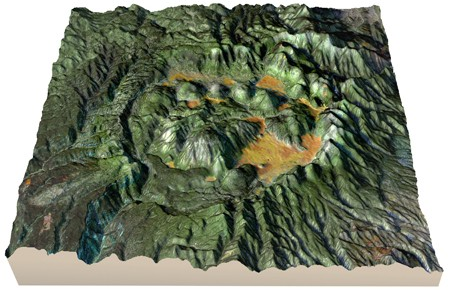Enumerate the steps of developing environmental policy and explain how each is achieved
What will be an ideal response?
1. Identify the problem—this may involve curiosity, observation, record keeping, and awareness of our relationship with the environment
2. Identify the cause—find the source of the problem
3. Envision a solution—what changes might be required to eliminate the problem?
4. Get organized—organizations are better able to push for changes to law
5. Gain access to political process—lobbying, campaign contributions, and the revolving door all offer opportunities
6. Make law—bill preparation: get it introduced, then passed
You might also like to view...
Which of the following is not true of calderas?

A) They are produced by removal of easily eroded pyroclastic materials.
B) They commonly contain layers of volcanic ash and volcanic domes.
C) They are bounded by steep topographic scarps with a generally basin-shaped outline.
D) They form from the collapse of the ground surface into an emptied magma chamber below.
If ice accumulation equals the amount of ice lost, the glacier will ________
A) advance B) become stationary C) retreat D) subside
What laid the basis for the creation of the modern nation-state?
A) the Treaty of Westphalia in 1648 B) the Agreement of Bruges in 1692 C) the Peace of Frankfurt in 1712 D) the Alsace-Lorraine Division in 1788 E) the Graz Demarcation in 1866
Compare and contrast the primary production (producers) in a sea grass and a coral reef including in your answer a typical energy pyramid for both ecosystems
What will be an ideal response?